New Orleans Water Quality at a Glance
serious contamination
Is New Orleans Water Safe to Drink?
Technically Compliant, But Highly Concerning – New Orleans water meets federal standards but contains 32 different contaminants, 12 exceeding health guidelines. Major issues include lead contamination (88% of tested homes positive), PFAS “forever chemicals” from Mississippi River pollution, disinfection byproducts, and arsenic 52 times higher than EWG recommendations. The city faces frequent boil water advisories due to infrastructure failures and treatment plant issues.
⚠️ Key Concerns for New Orleans Residents
- Lead Contamination Crisis: 88% of homes tested positive for lead; 15,000+ households served by lead pipes; one home tested 70 PPM (7x EPA action level)
- PFAS “Forever Chemicals”: Detected in multiple locations along Mississippi River; carcinogenic compounds that persist in body and environment
- Infrastructure Failures: Frequent boil water advisories in 2024-2025; aging treatment plants; power outages affecting water pressure
- Disinfection Byproducts: 9 different harmful byproducts from chlorination; haloacetic acids 348 times above EWG guidelines; linked to cancer and liver damage
Read the full report below for detailed analysis, city-specific data, and actionable recommendations for New Orleans residents.
New Orleans – Louisiana – Water Quality Report 2025: PFAS Testing, Infrastructure Concerns & Safety across your city
The Sewerage and Water Board of New Orleans (SWBNO) has managed water services in this historic city for over 120 years, serving approximately 350,000 residents across a unique below-sea-level urban environment. The utility maintains approximately 1,600 miles of water mains, the Carrollton Water Treatment Plant, and a complex pumping system that delivers roughly 135 million gallons daily to the Greater New Orleans area.
New Orleans draws its drinking water entirely from the Mississippi River, a massive watershed that drains 41% of the contiguous United States. This abundant but challenging source water requires extensive treatment to address seasonal variations in turbidity, organic content, industrial contaminants, and PFAS “forever chemicals” that have been detected throughout the river system. New Orleans’ water system faces extraordinary challenges including aging infrastructure, frequent flooding, saltwater intrusion concerns, hurricane vulnerability, and widespread lead contamination affecting 88% of tested homes. Since Hurricane Katrina in 2005, the city has invested over $2.4 billion in water system resilience and infrastructure improvements, working to modernize while addressing one of America’s most significant urban water quality challenges.
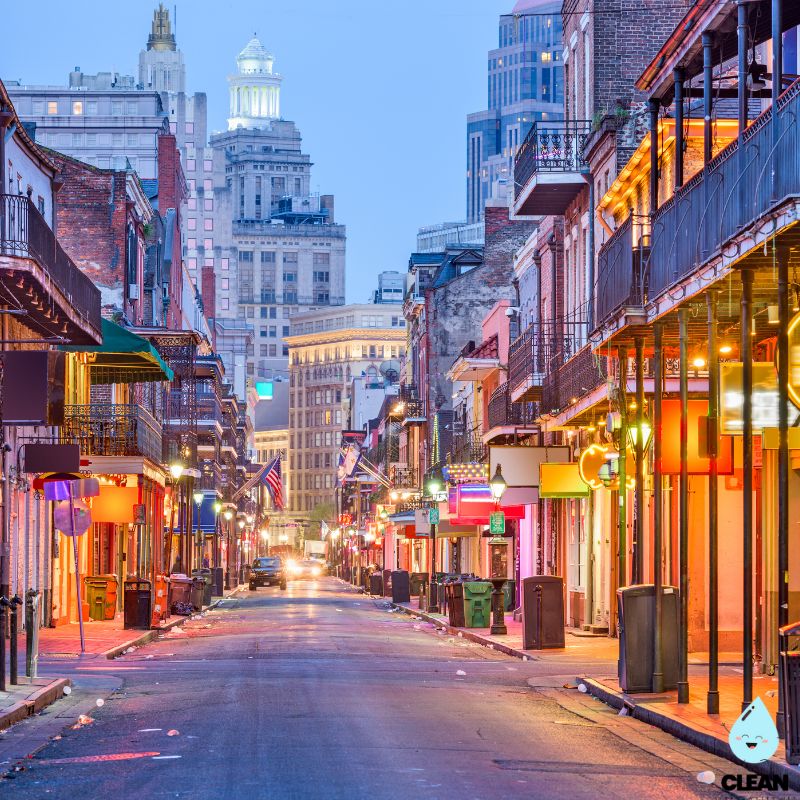
New Orleans Water Quality: Current Status (2024-2025)
Latest Testing Results
- Lead Crisis: Independent testing by the Water Collaborative of Greater New Orleans found 88% of tested homes positive for lead contamination, with one home testing at 70 parts per billion (7 times EPA action level). Over 15,000 households are served by lead service lines.
- Contamination Scope: Environmental Working Group testing identified 32 different contaminants in New Orleans water, with 12 exceeding health guidelines including arsenic levels 52 times higher than recommended.
- Compliance Status: While New Orleans’ water meets federal drinking water standards, these standards have not been updated in nearly 20 years and many contaminants exceed modern health guidelines.
Mississippi River Water Source
- Abundant Supply: The Mississippi River provides virtually unlimited water volume, ensuring quantity is never a concern even during drought conditions.
- Treatment Challenges: River water requires extensive treatment for turbidity, sediment, PFAS contamination from upstream industrial sources, and agricultural/industrial contaminants that enter the watershed throughout the Mississippi Basin.
- Saltwater Intrusion: During extreme drought conditions, saltwater from the Gulf of Mexico can push upstream, requiring careful monitoring and occasionally adjusting intake locations. This nearly reached crisis levels in 2023.
Comprehensive Treatment Process
- Multi-Stage Treatment: Carrollton Water Treatment Plant employs enhanced coagulation, sedimentation, filtration, and disinfection processes specifically designed for challenging river water, though PFAS removal requires specialized treatment not currently in place.
- Disinfection System: Primary chloramination with advanced monitoring ensures effective pathogen control throughout the distribution system but creates disinfection byproducts that exceed health guidelines.
- Corrosion Control: Optimized treatment using phosphate additives and pH adjustment aims to minimize lead leaching, though widespread lead service lines continue to pose significant contamination risks.
Hurricane Resilience Improvements
- Power Redundancy: Multiple backup power sources, including dedicated turbines and generators, maintain treatment plant operation during grid outages, though power failures still occasionally trigger boil water advisories.
- Emergency Response: Comprehensive protocols developed post-Katrina ensure rapid system restoration following storms or flooding events, with improvements continuing through 2025.
- Critical Infrastructure Elevation: Key electrical and mechanical components elevated above flood levels to ensure continuity of operations, as demonstrated during recent advisory events.
Aging Infrastructure Challenges
New Orleans faces significant challenges with a water system that includes pipes dating to the early 1900s and over 15,000 lead service lines requiring replacement by 2037 under new EPA regulations. The city estimates 40% of treated water is lost through leakage in the distribution system, substantially above the national average. SWBNO’s ongoing infrastructure program prioritizes lead service line replacement, water main rehabilitation, and leak detection initiatives. The city’s unique geography below sea level complicates repairs, often requiring special drainage procedures before work can begin. Recent boil water advisories in January 2025 due to power surges highlight ongoing infrastructure vulnerabilities. Despite these challenges, dedicated infrastructure funding from FEMA, state grants, and local bond measures is accelerating system improvements, with a focus on both water quality and reliability for this culturally significant American city facing severe contamination issues.
Recommendations for New Orleans Residents
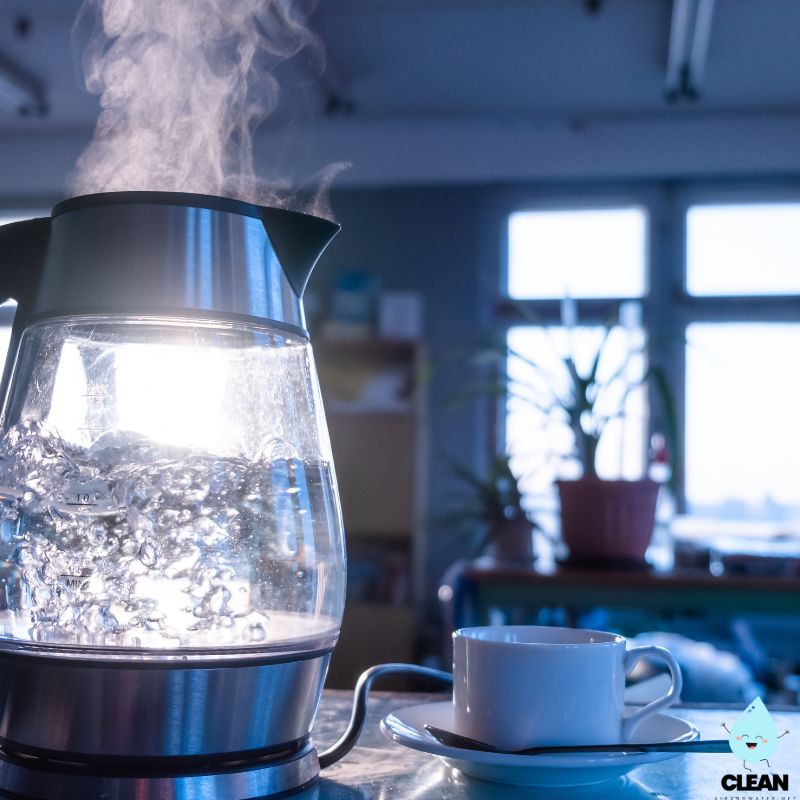
Stay Informed on Advisories
Sign up for SWBNO Emergency Alerts at swbno.org/alerts to receive immediate notification of boil water advisories. Follow advisories precisely, as they’re crucial in a system vulnerable to pressure drops and infrastructure failures.
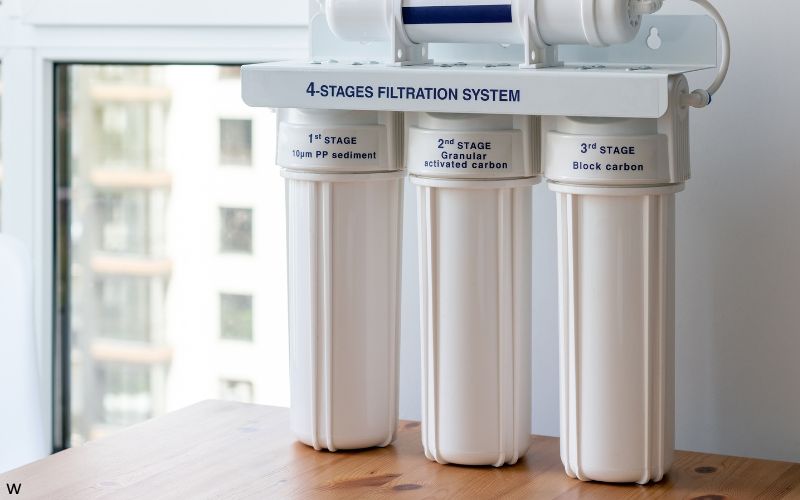
Use Certified Filters
Given the widespread lead contamination (88% of homes), use NSF-certified filters (Standard 53 for lead, Standard 58 for PFAS) for all drinking and cooking water. Consider reverse osmosis systems for comprehensive contaminant removal. SWBNO offers free filter programs for qualified residents – call (504) 529-2837 to apply.
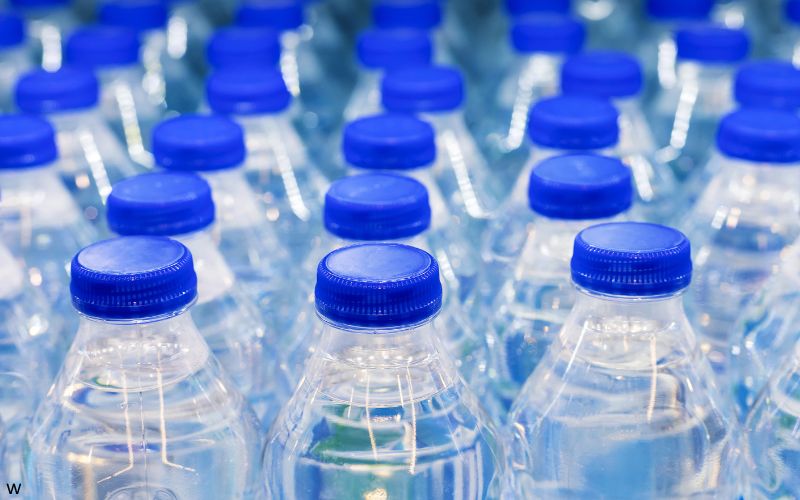
Get Independent Testing
Consider independent water testing for lead and other contaminants, especially in homes built before 1987. Check SWBNO’s lead service line inventory at swbno.org to determine if your property has lead pipes. Store emergency water and have backup filtration for frequent advisory periods.
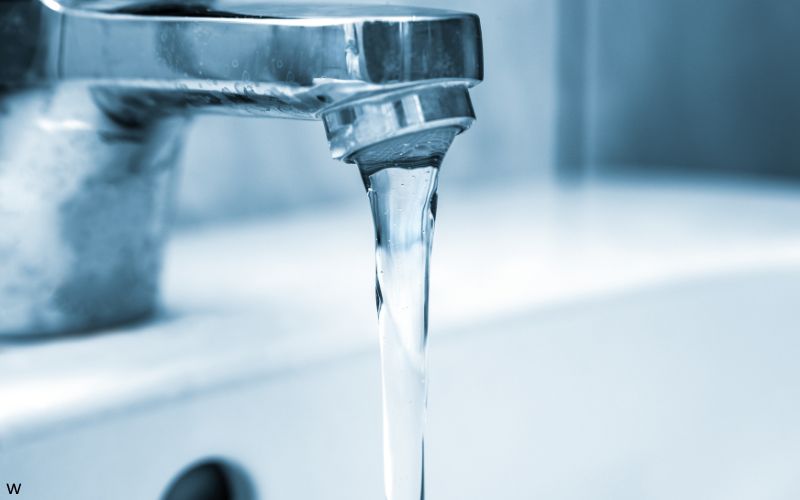
Flush Pipes After Advisories
After a boil water advisory is lifted, flush household pipes by running all cold water taps for at least 3 minutes. Empty and clean ice makers, water dispensers, and other appliances according to manufacturers’ instructions. This is especially important given the aging infrastructure and lead contamination risks.
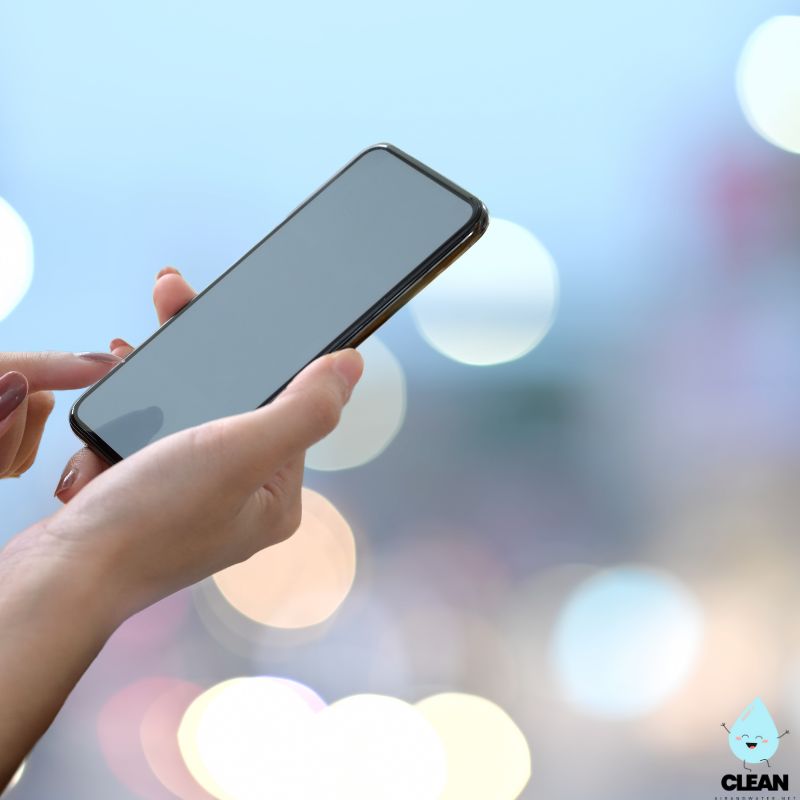
Report Issues Promptly
Report water main breaks, leaks, or pressure problems to (504) 529-2837 or through the 311 service. Quick reporting helps minimize system water loss and prevents potential contamination from pressure drops that could worsen lead leaching and bacterial intrusion.
Quality News About Your Water
Get the comprehensive water quality news coverage you need with our dedicated US Water News Service. From coast to coast, we deliver in-depth reporting and expert analysis on PFAS contamination, EPA regulatory changes, infrastructure developments, and emerging water safety issues affecting communities nationwide. While mainstream media only covers the biggest stories, we provide the detailed, ongoing coverage that helps you understand the full scope of America’s water challenges. Whether you’re a concerned citizen, water professional, or community leader, our daily updates and analytical insights keep you informed about the issues that matter most to public health and environmental safety.
Frequently Asked Questions
Why does New Orleans issue so many boil water advisories?
New Orleans’ unique circumstances create challenges that can lead to precautionary boil water advisories:
• Aging infrastructure: Pipes over 100 years old are prone to breaks and leaks, with 40% water loss through the system
• Below-sea-level geography: Water pressure fluctuations can occur during heavy rainfalls and power disruptions
• Power system vulnerabilities: Despite improvements, power interruptions at pumping stations still occur, as seen in January 2025
• Cautious approach: SWBNO issues advisories whenever pressure drops below 20 psi, even briefly, to prevent contamination
Recent advisories reflect ongoing infrastructure challenges despite $2.4 billion in post-Katrina improvements. The frequency remains concerning given the widespread lead contamination risks.
Is New Orleans’ water safe to drink?
New Orleans’ water meets federal standards but faces serious contamination concerns that require caution:
• Lead Crisis: 88% of tested homes showed lead contamination, with 15,000+ lead service lines citywide
• Multiple Contaminants: 32 different contaminants detected, with 12 exceeding modern health guidelines
• PFAS Presence: “Forever chemicals” detected in the Mississippi River source water
• Disinfection Byproducts: Created during treatment, some exceeding health recommendations by 348 times
While meeting outdated federal standards, residents should use certified filtration systems, especially households with children or pregnant women. Independent water testing is recommended.
What improvements have been made since Hurricane Katrina?
Since Hurricane Katrina in 2005, New Orleans has invested over $2.4 billion in water system improvements:
• Power Redundancy: Multiple backup power sources including dedicated turbines, though outages still occur
• Elevated Critical Equipment: Raising electrical and mechanical systems above flood levels
• Emergency Protocols: Enhanced response procedures for hurricanes and flooding, tested regularly
• Lead Service Line Program: Accelerated replacement program targeting 15,000+ lead connections by 2037
• Advanced Monitoring: Real-time water quality and pressure monitoring throughout the system
• Communication Systems: Improved alert systems for boil water advisories and lead line inventory
Despite significant investments, ongoing challenges with lead contamination, frequent advisories, and aging infrastructure require continued vigilance and improvement efforts.
Why does New Orleans water sometimes taste different?
Taste variations in New Orleans water are common and can indicate quality changes. Several factors affect taste:
• Seasonal River Changes: Mississippi River water quality varies throughout the year, affecting taste and treatment requirements
• Disinfection Byproducts: Higher chloramine levels create taste issues, especially when byproduct levels increase
• Lead Leaching: Metallic tastes may indicate lead contamination from service lines or household plumbing
• Saltwater Intrusion: During severe drought, salt levels rise affecting taste, as experienced in 2023
Given the contamination issues, taste changes should be taken seriously. Use certified filtration or bottled water if taste seems unusual, and consider independent testing. Report persistent taste issues to SWBNO at (504) 529-2837.
Contaminants of Concern
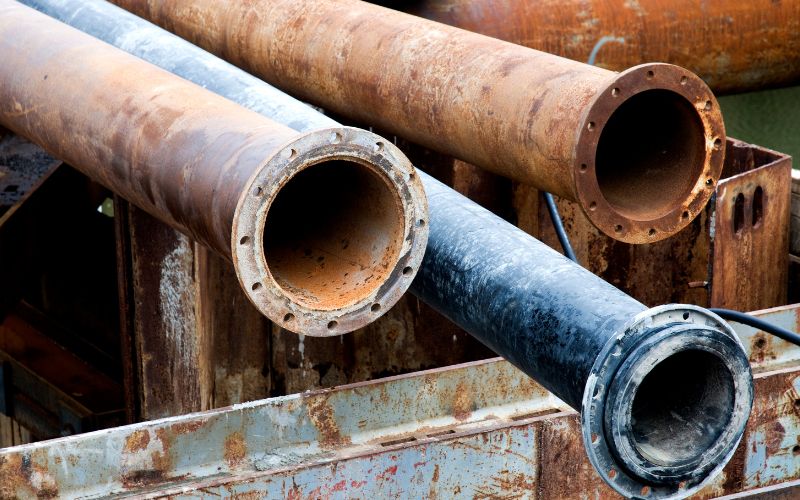
Lead
Source: Over 15,000 lead service lines and older plumbing fixtures in homes built before 1987; 88% of tested homes showed lead contamination with levels up to 70 ppb
Health Effects: Developmental delays in children, reduced IQ, learning difficulties, kidney problems, cardiovascular effects in adults
Current Crisis: While utility reports 90th percentile of 7.9 ppb, independent testing reveals widespread contamination exceeding EPA action levels EPA Limit: Action level 15 ppb, but no level of lead is considered safe

PFAS & Disinfection Byproducts
Source: PFAS “forever chemicals” from upstream Mississippi River contamination; disinfection byproducts form when chlorine reacts with organic matter in river water
Health Effects: PFAS linked to cancer, liver damage, immune system effects; disinfection byproducts increase bladder cancer risk and reproductive effects
Current Status: PFAS detected in Mississippi River system; haloacetic acids exceed EWG guidelines by 348 times; arsenic levels 52 times higher than health recommendations
Please read – our information
The information presented on cleanairandwater.net is compiled from official water quality reports, trusted news sources, government websites, and public health resources. While we strive for accuracy and thoroughness in our presentations, we are not scientists, engineers, or qualified water quality professionals.
Our mission is to present water quality information in an accessible, real-world format that helps people understand what’s in their water and make informed decisions about their health and safety. We believe that complex environmental information should be available to everyone in a format that’s easy to understand.
We make every effort to ensure our content is current and accurate, but we cannot guarantee that all information is complete or error-free. This website should not replace official communications from your local water utility or health department. We always recommend consulting official sources for the most up-to-date information regarding your specific water system.
Clean Air and Water is not liable for any unintentional errors, omissions, or outdated information. The content on this site is provided for informational purposes only and should not be considered professional advice.


